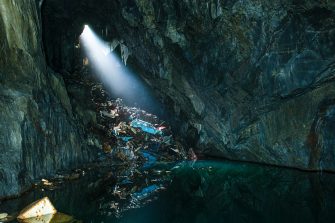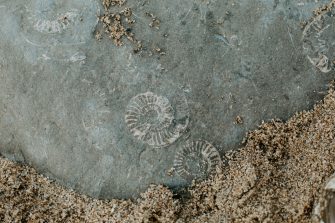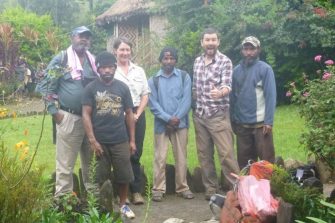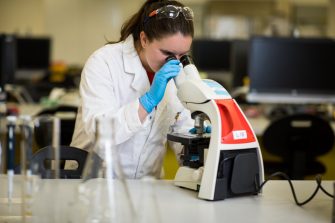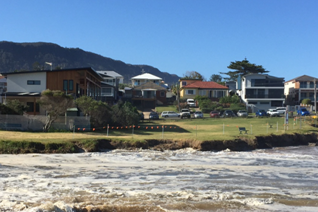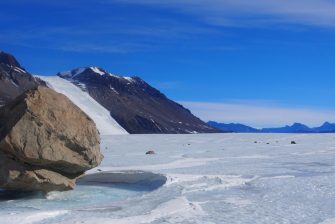Research

Among ESSRC's key aims are to retain, attract and develop leading, internationally recognised research staff and distinguished visitors, and to achieve a critical mass of research activity in major areas of the palaeosciences and related Earth and environmental sciences.
Critically, centre members use the insights available at interdisciplinary junctures between the geochemical, geophysical, biological and social sciences to integrate disciplines, bringing together otherwise disparate fields under a single structure, and with a common set of goals and interests.
ESSRC's research emphasises the process of discovery and integration of ideas over the maintenance of disciplinary knowledge and its boundaries. A common focus across all research programs in the centre is emerging questions, techniques and observations that have the capacity to transform in a broadway understanding of the evolutionary history and processes of the Earth, its systems and biota including humans.
-
The centre’s research is based on a number of themes including:
Antarctic science
Where, when, and how much of the Antarctic ice sheets will melt in a warmer world is a major focus of research. Offshore, the surrounding Southern Ocean supports hugely productive ecosystems, many of them economically important, including the krill and Patagonian toothfish fisheries. These ecosystems also play a crucial role in soaking up carbon dioxide from the atmosphere and regulating climate. Just how the ocean, atmosphere, and ice interact to influence the world’s climate is hugely uncertain.
Earth structures and systems
Examining the physical structure and chemical composition of the Earth, processes underpinning their formation and spatial distribution and use by humans as natural resources, the ancient atmosphere and palaeoclimate systems, and using various geochronological methods to determine the age of Earth materials including fossils.
Evolution of life
Focusing on the beginnings of life on Earth through to the evolution and diversification of mammals, especially in Australia, early conditions of the planet, coevolution of Earth, life and the planet's systems, major events in the history of life, and reconstructing ancient landscapes, ecosystems and communities and how the past can help inform present day conservation and environmental management approaches.
Human origins, environments and impacts
Examining the evolutionary and cultural origins of humankind over the last few million years, human interactions with and impacts on the natural environment, especially within the context of disruptions to the Earth's processes and systems, geohazards, long term human legacies such as shifts in the planet's history marked by the Anthropocene, and geological heritage, and cultural heritage especially as revealed by Earth's archives including sedimentary, palaeoecological and archaeological records.
Landscape evolution
Studying changes in the landscape mostly over long timescales, including geomorphological features and landscape transformations, sedimentation, soil and regolith formation and development, groundwater and karst systems, and interactions between landscape change and biota through the twin lenses of biogeography and palaeobiogeography.



